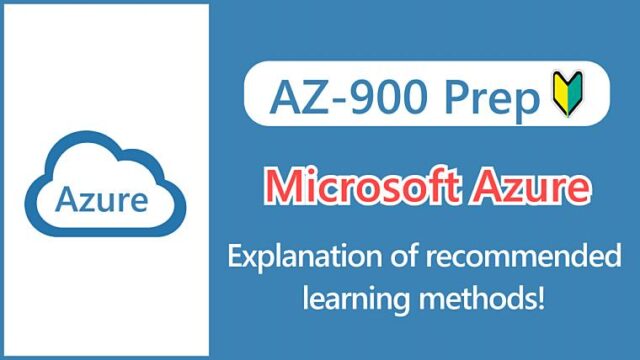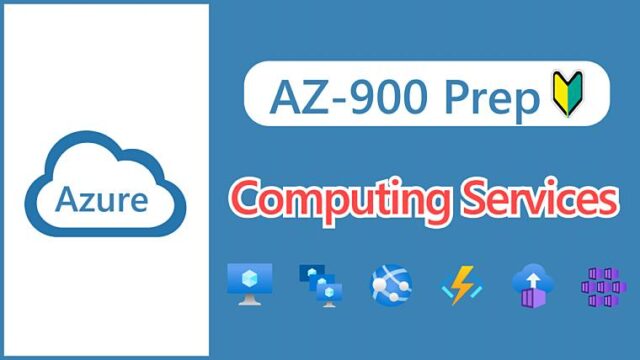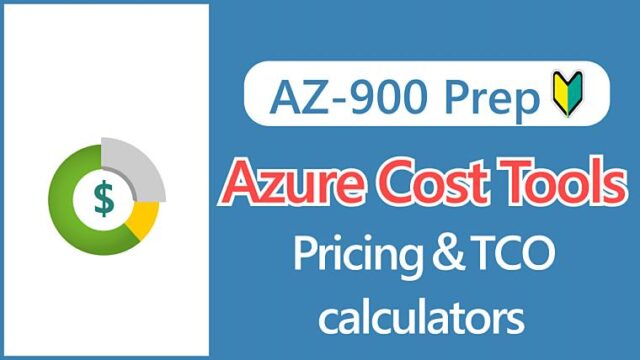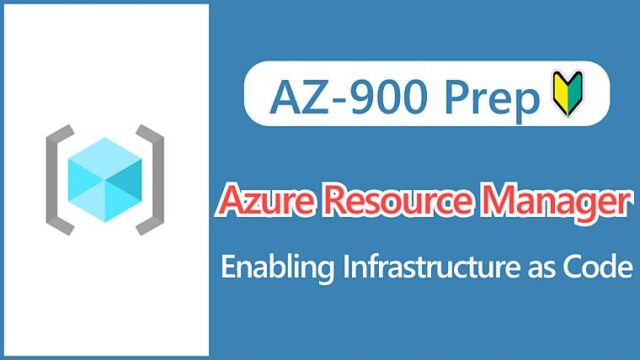Hi, I’m Makoto, a freelance engineer.
In this article, I’m going to explain the differences between cloud deployment models.
You might confuse this with the service models I’m explaining in this article, but I’ll try to make this explanation as clear as possible.
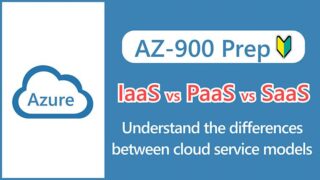
Like service models, I believe this is an area where you can easily score points on the AZ-900 exam, so please read to the end.
What are Deployment Models?
While service models categorize “what is provided as a service”, deployment models categorize “where the cloud is located (deployed)“.
The term “deploy” means to place servers or send programs to servers for execution and is often used in the context of cloud computing.
The deployment models defined by the National Institute of Standards and Technology (NIST) include the following four, but since the Community Cloud is outside the scope of the AZ-900, it is unlikely to be tested:
- Public cloud
- Private cloud
- Hybrid cloud
- Community cloud
We’ll also omit community cloud in this article.
Let’s look at the characteristics of the other deployment models in order!
What is a Public Cloud?
A public cloud is a cloud that is made available to an unspecified number of people, including businesses and individuals. It’s typically accessed over the Internet.
Provided from data centers managed by cloud providers like Microsoft, this is generally what people mean when they say “cloud.” Azure, AWS, and GCP are prime examples of public clouds.
Key Points:
Where is it located?
Data centers managed by cloud providers
Who is it for?
Available to anyone, businesses or individuals, who can contract the service
What is a Private Cloud?
A private cloud refers to a cloud provided for a specific company or organization.
It’s chosen when a company wants to apply its own policies, such as security requirements, or build a unique environment tailored to its business model. Because it’s a dedicated form operated in the company’s own data center (internal network), security and resources can be fully controlled.
※While it can also be set up in data centers provided by cloud providers or third-party service providers, we’ll proceed with the assumption of an in-house data center for this discussion.
Key Points:
Where is it located?
Company-owned data center
Who is it for?
Enterprises that want to apply their own policies or build a unique environment
In the case of Azure, there’s a service called Azure Stack, which is like installing an entire rack of servers (hardware) in your own data center, similar to what cloud providers do in public clouds. While you get the benefits of the cloud, such as scalability and agility, the upfront costs are high.
Running an entire rack of servers in your own data center may seem indistinguishable from traditional on-premises, but with servers in your company’s data center, you can operate through the Azure portal and use Azure services to enjoy some of the benefits of cloud computing.
However, as mentioned earlier, there’s an initial cost to acquire hardware, and as with on-premises, the user must maintain and update that hardware.
What is a Hybrid Cloud?
A hybrid cloud refers to a combination of the public cloud and private cloud described above.
It can also refer to a combination of public cloud and on-premises infrastructure.
Hybrid cloud is a form that combines multiple deployment models to get the best of both worlds.
Key Points:
Hybrid Cloud
Combination of Public Cloud + Private Cloud
(or Public Cloud + On-premises)
A private cloud is an option when you need to comply with corporate policies, such as security requirements, but you can reduce upfront costs by using a public cloud for parts where it’s appropriate given system characteristics.
It’s also common to use a public cloud to back up existing on-premises systems.
At a company I used to work for, we often ran out of space on our internal file server. Each time, we were able to free up space by deleting unnecessary files.
By extending storage to the public cloud in a hybrid format, we no longer had to worry about capacity, and we could use it with confidence because it was also backed up to the cloud.
Note that combining separate public clouds, such as Azure + AWS, is called “Multicloud“. Be careful not to confuse this with hybrid cloud.
Note:
Multicloud
Combination of separate public clouds
Example: Azure + AWS, Azure + GCP, etc.
Summary
In this article, we’ve explained the differences between deployment models. The comparison of deployment models can be summarized in the following table:
| Deployment Models | Deployment Location | Users |
|---|---|---|
| Public Cloud | Cloud provider’s data center | Companies and individuals |
| Private Cloud | Company-owned data center | Specific companies or organizations(*) |
| Hybrid Cloud | Both | Both |
*Companies that want to apply their own policies or build a unique environment
For the characteristics of public cloud, please refer to this article as well.



To prepare for the exam, it’s a good idea to understand the characteristics of the three deployment models and consider scenarios for migrating from existing on-premises environments to the cloud:
- Full migration to a public cloud eliminates the need for an on-premises data center.
- Migrating to a private cloud has the same upfront costs as on-premises, but allows you to reap the benefits of the cloud.
- There’s also a form where you maintain on-premises while using a public cloud in parallel (hybrid cloud).
- Where the cloud is located is determined by the “deployment models”.
- The AZ-900 exam covers three service models:
- Public cloud
- Private cloud
- Hybrid cloud
- Select a deployment model based on existing assets, security requirements, etc.


